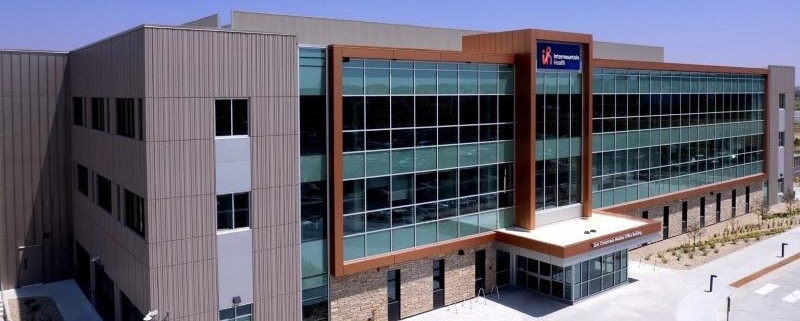Redtail Ridge Innovation Campus Anchored By AdventHealth Avista Hospital Gets Green Light
Anchored by a state-of-the-art, 160-bed hospital built within close proximity to public transit, the development will deliver a mixed-use innovation campus that incorporates life sciences; research and development; manufacturing (cGMP); industrial; office; and retail buildings.




